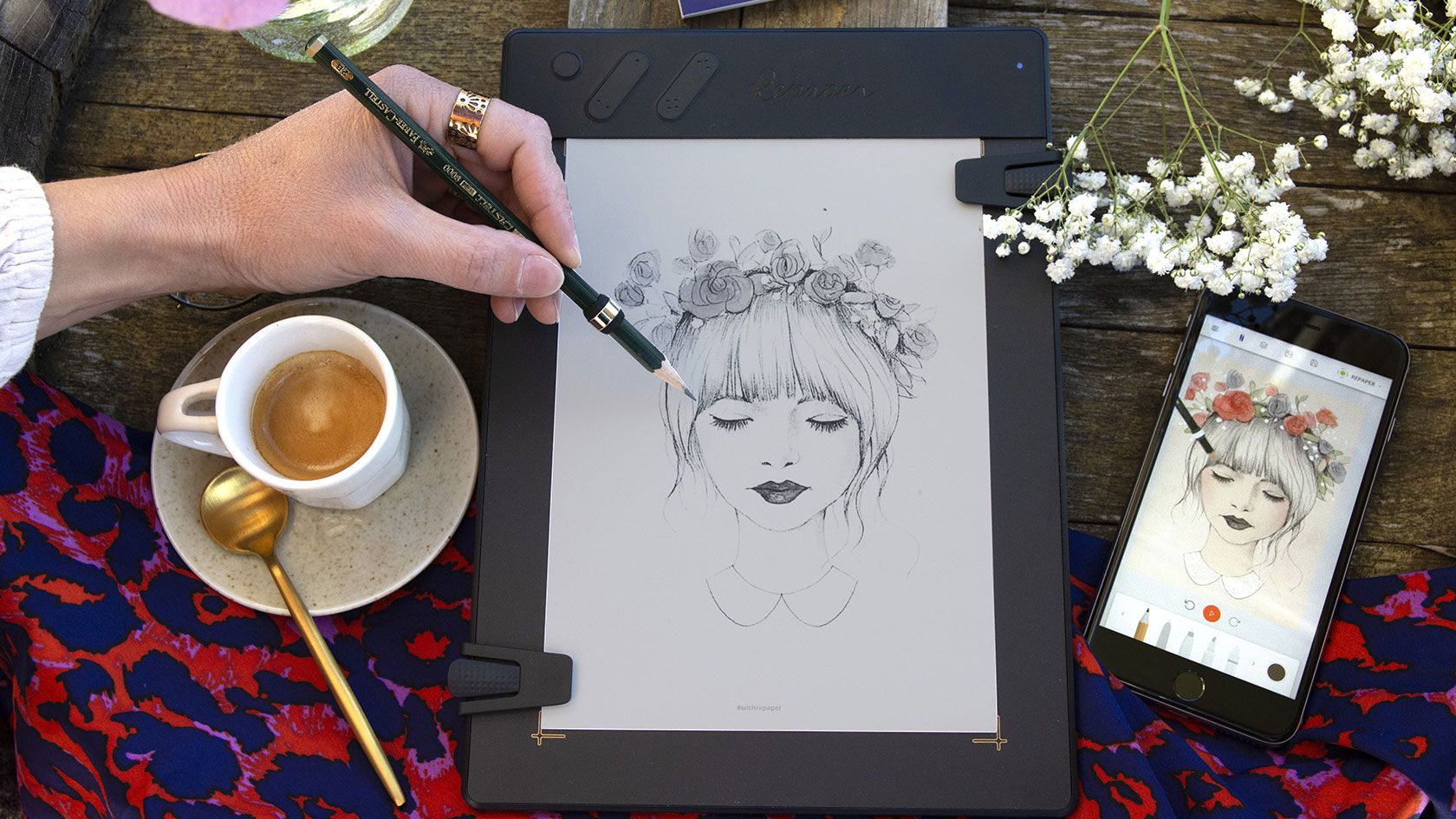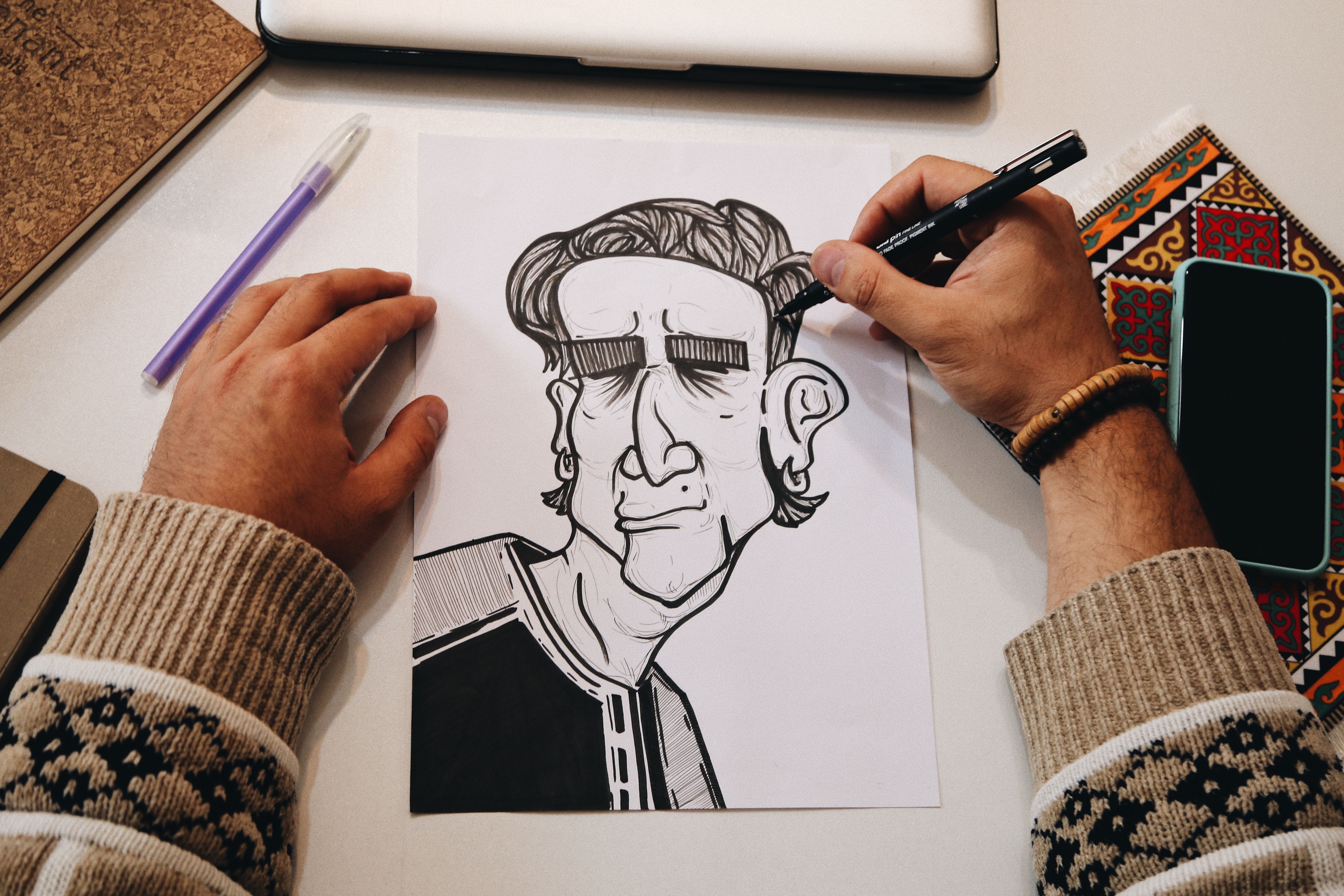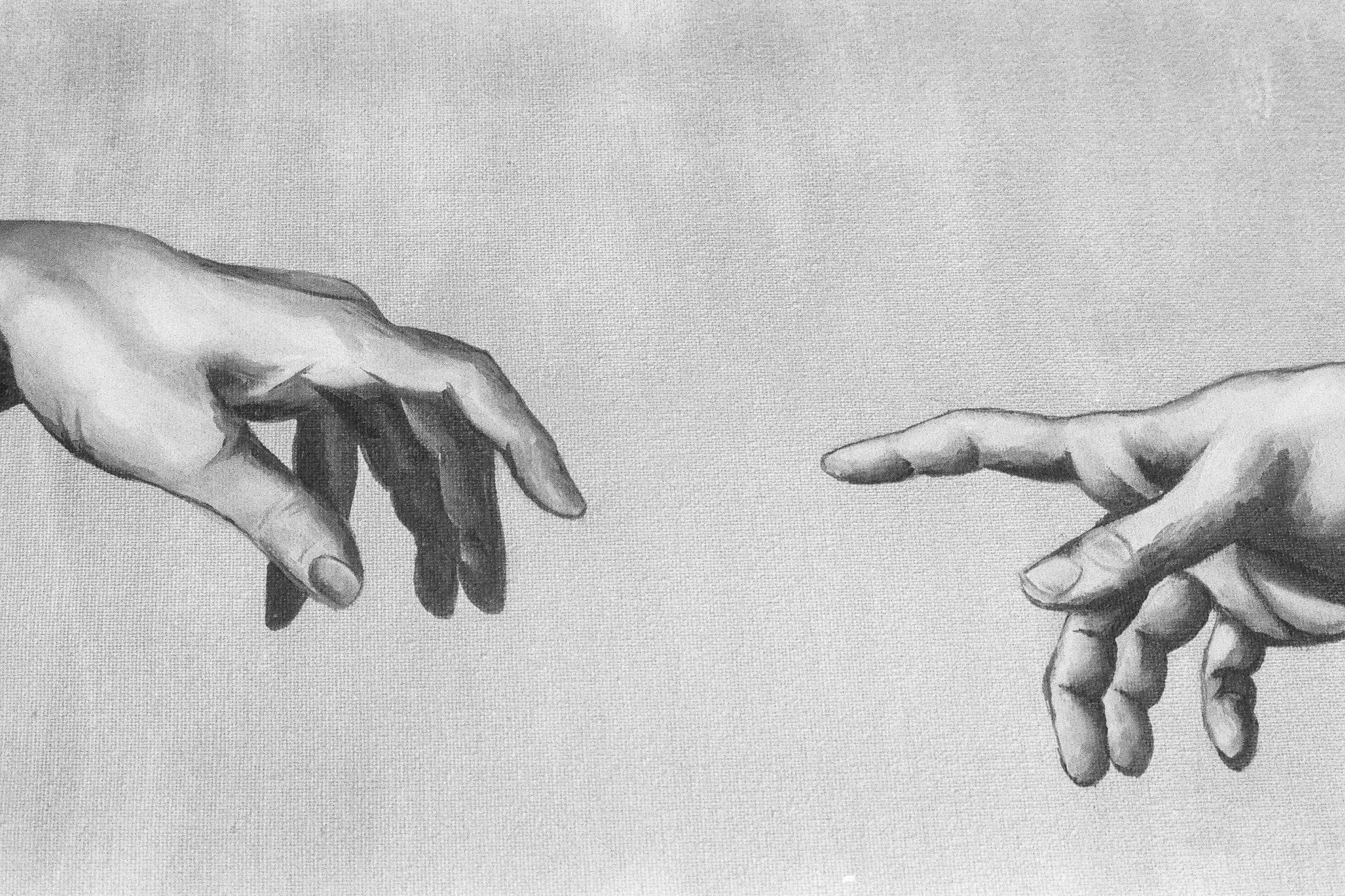
How to Draw Hands: Step-by-Step Guide and General Tips for Artists
How to draw hands ?
Drawing hands can be a challenging task for many artists, but with practice and patience, anyone can improve their skills. Here's a comprehensive guide on how to draw hands using paper, pencil and the Repaper graphics tablet.
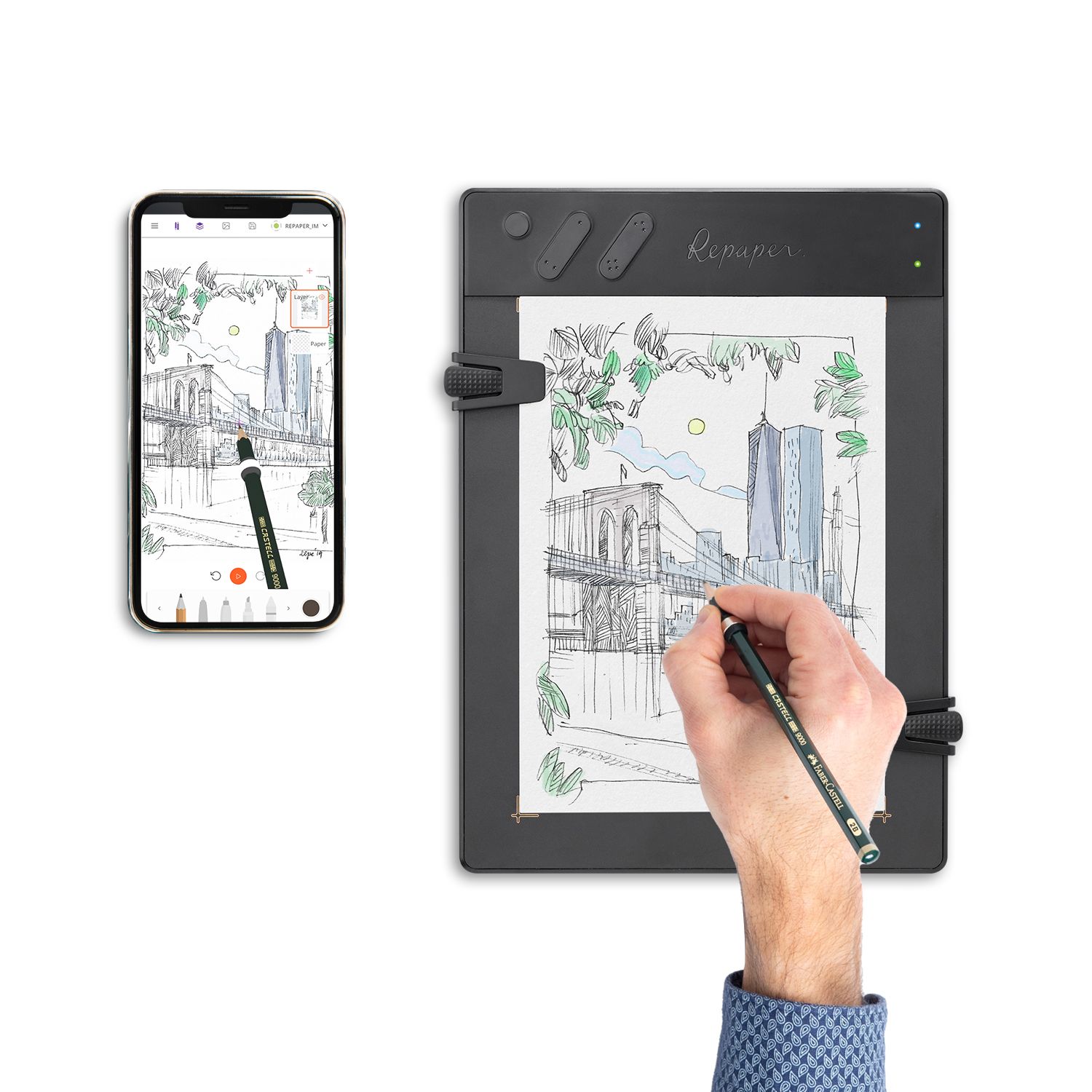
General Best Practices for Drawing Hands:
Observe hands in real life: One of the best ways to learn how to draw hands is to observe them in real life. Look at your own hands, or ask friends and family members to model their hands for you. Pay attention to the shape, size, and proportions of the hand, as well as the position and movement of the fingers.
Study hand anatomy: Understanding the basic structure of the hand can be helpful when drawing hands. Learn the names and functions of the different parts of the hand, such as the knuckles, joints, and muscles.
Start with basic shapes: When drawing hands, start with basic shapes to establish the overall structure. Draw the palm of the hand as a simple oval or rectangle, and then add the fingers as long, thin rectangles.
Pay attention to proportion: Proportion is key when drawing hands. Make sure the size of the fingers and palm are in proportion to each other, and that the fingers are the correct length and thickness.
Use reference images: Using reference images can be helpful when drawing hands. Look for photographs, sketches, or other artwork that depict hands, and use them as a guide when drawing.
Practice regularly: As with any skill, practice is key to improving your hand-drawing abilities. Set aside time each day or week to practice drawing hands, and don't be afraid to try drawing hands in different positions and from different angles.

made on Repaper by @volarnotieneesquinas
How to draw hands of men ?
Start with the palm: Begin by drawing a basic oval or rectangle to represent the palm of the hand. Add a curved line to represent the wrist.
Add the fingers: Draw long, thin rectangles to represent the fingers. Make sure the fingers are in proportion to the palm, and that they are the correct length and thickness.
Sketch the knuckles: Add small circles or ovals to represent the knuckles at the base of each finger.
Draw the nails: Sketch the nails at the tips of the fingers. The nails should be slightly curved and tapered.
Add shading and texture: Shade the hand to create depth and texture. Pay attention to the position of the light source, and use hatching and cross-hatching techniques to create shading.

made on Repaper by @volarnotieneesquinas
How to draw hands of women ?
Begin with the palm: Start by drawing an oval or rectangular shape to represent the palm of the hand. Add a curved line to represent the wrist.
Add the fingers: Draw long, thin rectangles to represent the fingers. Make sure the fingers are in proportion to the palm, and that they are the correct length and thickness.
Sketch the nails: Add the nails at the tips of the fingers. Women's nails are often longer and more tapered than men's nails.
Add curves and details: Women's hands tend to be more curvaceous and have more detail than men's hands. Add curves to the fingers and palm, and sketch any jewelry or other accessories.
Shade and texture: Shade the hand to create depth and texture. Pay attention to the position of the light source, and use hatching and cross-hatching techniques to create shading.
How to draw children’s hands ?
Start with the palm: Begin by drawing a basic oval or rectangular shape to represent the palm of the hand. Children's hands are smaller and rounder than adult hands, so keep this in mind when drawing.
Add the fingers: Draw long, thin rectangles to represent the fingers. Make sure the fingers are in proportion to the palm, and that they are the correct length and thickness for a child's hand.
Sketch the knuckles and nails: Add small circles or ovals to represent the knuckles at the base of each finger, and sketch the nails at the tips of the fingers. Children's nails are often shorter and less tapered than adult nails.
Add curves and details: Children's hands may have more roundness and softness than adult hands. Add curves to the fingers and palm, and sketch any details such as freckles or scars that may be present.
Shade and texture: Shade the hand to create depth and texture. Pay attention to the position of the light source, and use hatching and cross-hatching techniques to create shading.

made on Repaper by @volarnotieneesquinas
How to draw babies’ hands ?
Start with the palm: Begin by drawing a basic oval or rectangular shape to represent the palm of the hand. Babies' hands are very small and delicate, so keep this in mind when drawing.
Add the fingers: Draw small, thin rectangles to represent the fingers. Make sure the fingers are in proportion to the palm, and that they are the correct length and thickness for a baby's hand.
Sketch the knuckles and nails: Add small circles or ovals to represent the knuckles at the base of each finger, and sketch the nails at the tips of the fingers. Babies' nails are often very short and not yet fully formed.
Add curves and details: Babies' hands may have a roundness and softness similar to children's hands, but with even less detail. Add curves to the fingers and palm, and sketch any details such as folds or creases that may be present.
Shade and texture: Shade the hand to create depth and texture. Pay attention to the position of the light source, and use hatching and cross-hatching techniques to create shading.
Remember, practice is key when it comes to drawing hands. Keep practicing and experimenting with different techniques and approaches, and don't be afraid to make mistakes. With time and effort, you'll be able to create beautiful, realistic drawings of hands.
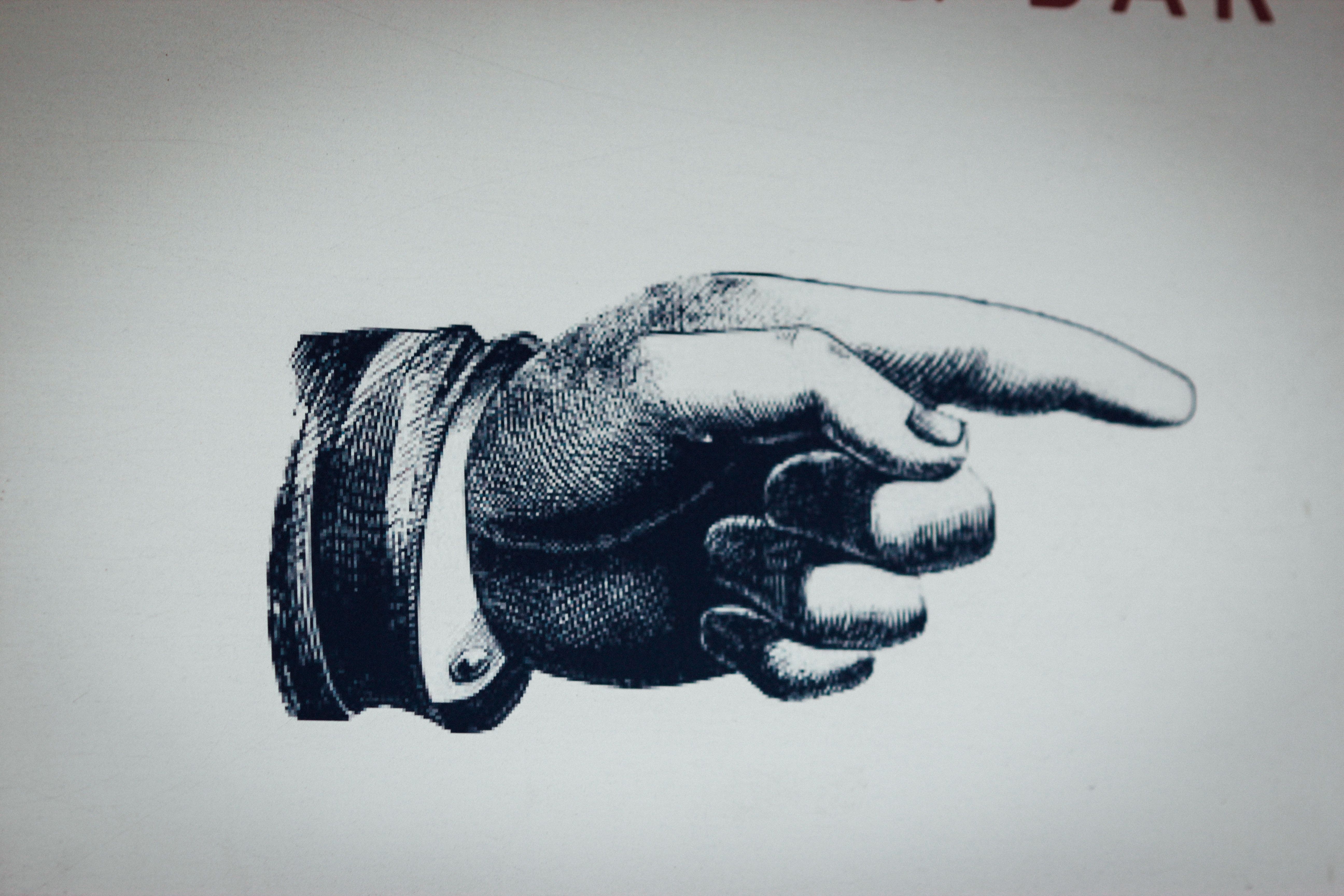
Discover more
How to draw a portrait? Easy Tips and Tools for Beginners
How to draw a face? How to draw it with ease and with the right tools? Knowing how to draw a portrait is not easy and these are questions that the beginner illustrator quickly asks himself.
How does a graphic tablet work?
Discover the functioning of a graphic tablet, and the specificities between the different types of existing models.
How to draw caricatures: techniques for creating humorous drawings.
From the history of caricature, to the tricks to make them, discover the specificities of this particular art to draw your most beautiful caricature.
Newsletter
Keep up to date with iskn news and events
Free standard delivery
for purchase over €80
30-day returns
on all products
Secure payment
with Stripe & PayPal
Pay in 3
with Alma
Customer service
chat with us
